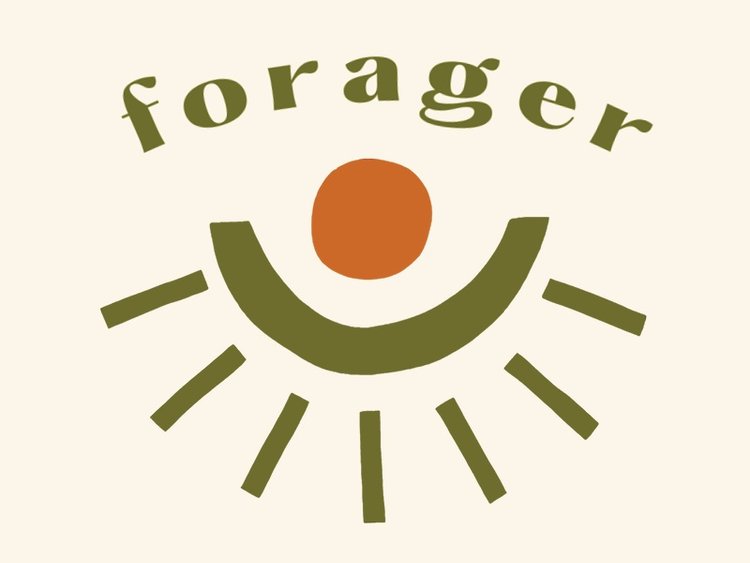eco-cultural archetypes
What does a multi-species collective unconscious look like? What archetypes do we share in common with other species?
According to Wikipedia (Jungian Archetypes):
Carl Jung understood archetypes as universal, archaic patterns and images that derive from the collective unconscious and are the psychic counterpart of instinct.[1] They are inherited potentials which are actualized when they enter consciousness as images or manifest in behavior on interaction with the outside world.[2] They are autonomous and hidden forms which are transformed once they enter consciousness and are given particular expression by individuals and their cultures. In Jungian psychology, archetypes are highly developed elements of the collective unconscious. The existence of archetypes can only be deduced indirectly by using story, art, myths, religions, or dreams.
And Wikipedia again (Collective Unconscious):
Collective unconscious (German: kollektives Unbewusstes), a term coined by Carl Jung, refers to structures of the unconscious mind which are shared among beings of the same species. According to Jung, the human collective unconscious is populated by instincts and by archetypes: universal symbols such as The Great Mother, the Wise Old Man, the Shadow, the Tower, Water, the Tree of Life, and many more. (…)
On exactly one night in its entire lifetime, the yucca moth discovers pollen in the opened flowers of the yucca plant, forms some into a pellet, and then transports this pellet, with one of its eggs, to the pistil of another yucca plant. This activity cannot be "learned"; it makes more sense to describe the yucca moth as experiencing intuition about how to act.[24] Archetypes and instincts coexist in the collective unconscious as interdependent opposites, Jung would later clarify.[11][25] Whereas for most animals intuitive understandings completely intertwine with instinct, in humans the archetypes have become a separate register of mental phenomena.[26]
From Carl Jung himself:
They evidently live and function in the deeper layers of the unconscious, especially in that phylogenetic substratum which I have called the collective unconscious. This localization explains a good deal of their strangeness: they bring into our ephemeral consciousness an unknown psychic life belonging to a remote past. It is the mind of our unknown ancestors, their way of thinking and feeling, their way of experiencing life and the world, gods and men. The existence of these archaic strata is presumably the source of man's belief in reincarnations and in memories of "previous experiences". Just as the human body is a museum, so to speak, of its phylogenetic history, so too is the psyche.[32]
In Jungian psychology, this collective unconscious refers to structures and symbols “shared among beings of the same species.” What if we removed this delimiting boundary and included interactions and relations with other entities into our understanding of psychological meaning making? Here I propose a few concepts to begin advancing an eco cultural myth making project … while it is far from perfect and comes from my human-oriented perspective (and thus mammalian, land-dwelling), it is a starting point.
Hunter: predator, hunter, desire, excitement, adrenaline
Hunted: fear energy, adrenaline
Home: nest, burrow, web, shelter, sense of security, calm energy
The Maze: the sense/place of being lost
Winter: the time for rest, a sense of waiting, anxious energy, somnolence
Spring: renewal, emergence, sexual energy, playful
Hunger: where desire turns into need
The River: life, thirst-quenching, survival, relief
Mother (non-gendered): support, comfort, sense of stability, comforting energy
Sky: mystery, uncertainty (for land animals) freedom, safety (sky animals)
The Storm: upheaval, upending, loss of home, fear energy
Gloria Fan Duan and her sculptural cyanotypes
Gloria Duan’s large-scale sculptural cyanotypes evoke water, waves, and flow dynamics in light, airy abstract compositions. Mobius Waves, the artist’s solo exhibition incorporating this experimental photographic process, places the viewer inside the wave-form itself by turning the surface of her sewn-fabric cyanotypes into sculptural objects referencing the impossible one-sided mobius strip. These works explore the ephemerality and dynamic energy of transitional subjects like light, shadow, currents, and flows. As poetic abstractions created through the somewhat scientific cyanotype making process, Mobius Waves uses an experimental process to create evocative reminders of the mutability of every moment.
As far as I can tell, this image is not actually part of her exhibition installation, unlike the other images above.
beinArt interview with painter Hannah Yata
https://beinart.org/interview-hannah-yata/
Hannah Yata paints arresting surrealist images of women merging with the non-human world. The bright psychedelic color palette gives a first impression of some kind of delightful Eden, but a closer look quickly reveals dark thematic undertones. She explores the mutilation of women and nature in large detailed scenes that invite careful examination to reveal narratives of abuse, violence, resilience, and survival.
“I think an image that arrests us, takes hold of our mind long after we have left its presence, and causes us to look at something deep within ourselves trying to search for the meaning—I think that is magic, and that’s the kind of magic that can make a difference in the world.” —Hannah Yata
The artist notes in the interview that she interned with artists Adam Miller and Martin Wittfooth, with whom I can see thematic similarities like mythology, humanism, and ruination.
Gentle, Hannah Yata 2017
Eve, Hannah Yata 2017
Insomnia, Hannah Yata, 2016
Lilith (Scorned), Hannah Yata, 2016
Eden, Hannah Yata, 2016










